There are so many kinds of snake species in this world. Although the general characteristic of the snake is not having legs or hands, there are so many kinds of species with different features especially the colour of their body and their ability.
Do you know one of the particular kind of snake species? Today, I will show you 6 facts in this one particular dangerous venomous snake called Rattlesnake.
Fact About Rattlesnake
Rattlesnake’s scientific name called Crotalus, they are one of the deadly venomous snakes that can be found around North and South America.
The size of a rattlesnake can reach to 2 meters, however, the average size is around 1 meter long. The colour of their body is mainly dark like brown, olive, and grey.
Did you know that they are also good swimmers? To know more the details of this snake and their babies, take a look in the facts below!
Ovoviviparity
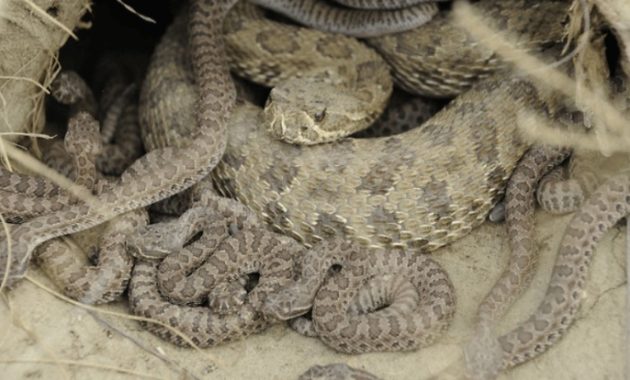
You may know that most of the snakes reproduce their babies with oviparous, however, the reproduction of this reptile is using the methods where the female keep the eggs inside of their body until it ready or also called ovoviviparity.
The ovoviviparity method saves their babies from other egg-eater and it helps the egg to get perfect temperature inside.
Timing of Birth
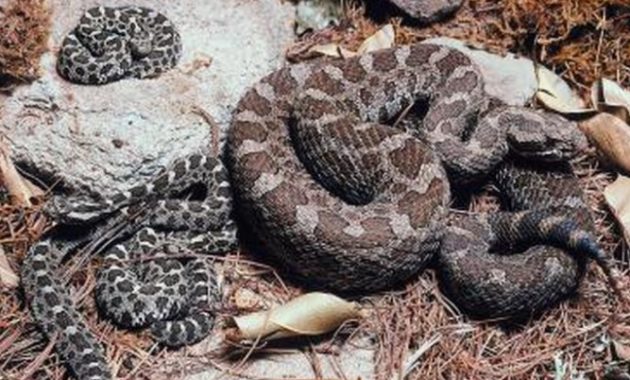
A rattlesnake can give birth to more than 20 babies and one of the species named diamondback rattlesnake usually give birth around summer or in the fall.
Before the mother gives birth, they would gather plenty of food such as frogs, rats, and other reptiles to feed their newborns.
However, the diamondback rattlesnake’s babies that born around spring do not get that plenty of foods, they would hunt for the little animals like mice or big bugs.
Shelter
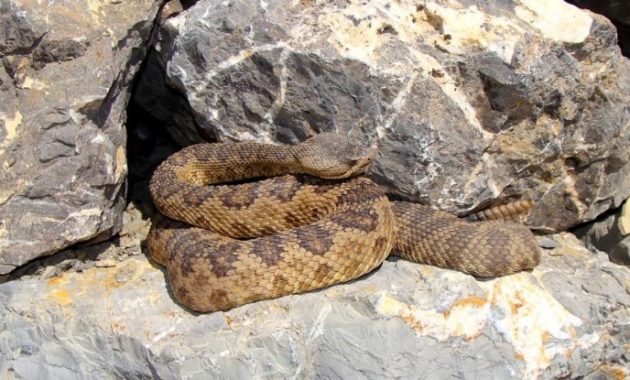
The shelter of the rattlesnake is mainly in the hiding place like cave or hole in the habitat of grassland or rocky hills. You also may find them in the swamp of southeastern America or in the northeast.
After the mother gives birth, the babies are in danger of the other predators. They usually spread from their mother to another location where they can catch food like the rodent.
Guarding

Babies rattlesnake usually do not get guard or company by their mother for some time.
However, some species like eastern diamondbacks is close with their mother until 2 weeks while the western diamondbacks only close with their mother for only hours or days for maximum.
This method protects them from the predators that can smell their existing.
Venom
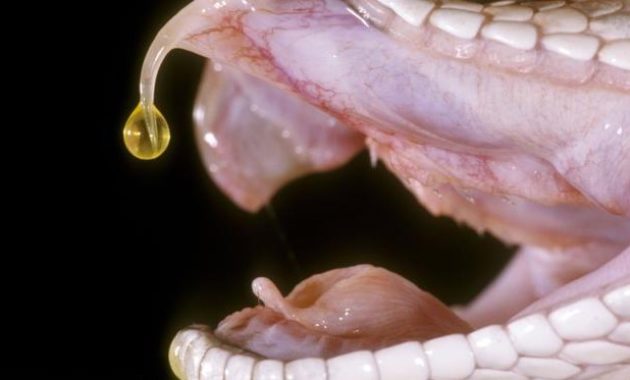
Did you know that diamondbacks rattlesnake is very dangerous because of their venom? They have deadly dangerous venom with their hemotoxic venom that can make vessels and the cell of blood but they are infrequently causing death to the human.
Even the newborns have venom in their little fangs to push back the predators and protect themselves. The way their venom works is to make the victim dead first and the rattlesnake will start to swallow them.
Well, you may guess how dangerous the adult one? The venom of adult diamondback rattlesnake is deadly dangerous!
Button
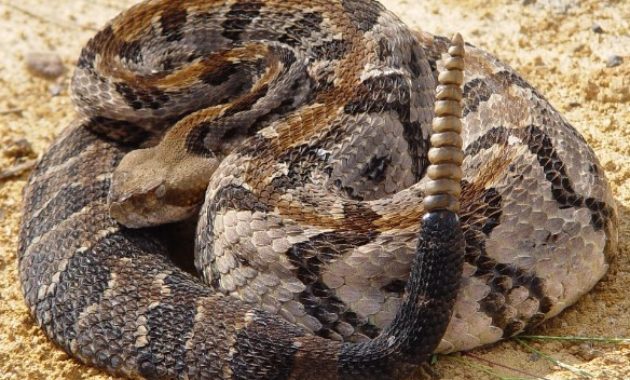
The end of the tip, the button, or the rattle of the rattlesnake can define the age of the snake. The rattlesnake babies born without rattles but they would grow one little short button in time and it can grow more when they are older.
This button can produce sounds like the buzz when it touches something. When the rattle is producing the sounds it is the warning to predators to stay away but they can attack without making sounds when they shocked.
However, the rattlesnake would lose their rattle when they turn to an adult. Did you know that their rattle is made of keratin? Which is the same composition as our nails!
Baby Rattlesnake Diet
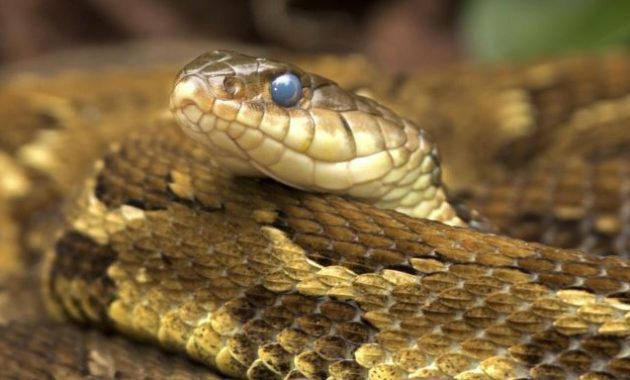
As it showed before, rattlesnake reproduces with the ovoviviparity method which then they give birth to babies that already can live like the adult snake. After the newborns’ moult, they start to hunt for their first food.
They would hunt the small one first to make it easier for their little mouth to swallow. Rattlesnake usually hunts to reptiles, frogs, small rodents, or lizards.
When the baby rattlesnake is older, they only hunt for every two weeks because to digest the food in their stomach takes long.
First Week
In the first week of newborns rattlesnake, they will stay close with their mother for some time to wait until they moult. After they moult they can start to find the food by themselves.
Live Food
Rattlesnake is carnivore animal, they are meat-eaters. The baby rattlesnake is usually searched for smaller prey to help them swallow. The little rattlesnake usually hunts for the small animal such as young rats.
Rattlesnake commonly finds the dead animals not the alive one because they are not scavengers, well they are not good at hunting for the living ones.
Hunting
The way the baby rattlesnake and the adult’s hunt is to hide and wait for their prey and usually choose to hide under rocks or in the rodent’s habitat.
After they find the target, the way they hunt use the hypodermic needles method that starts to bite and use their venom from their fangs to make the prey dead. Even they look scary, this main predator of the rattlesnake is the king snakes!
Hibernation and also Starvation
The rattlesnake will start to hibernate around cold weather like in the winter season since they are animal that lives around warm temperature.
Before the winter comes, they would hunt and eat continuously during the warm season. This way can make the rattlesnake prepare their hibernation with a full stomach.
The method is different with the baby rattlesnake, they would stop to eat until winter comes. During the winter season, many of baby rattlesnake die in the first year due to malnutrition.
If the rattlesnake cannot find enough prey before winter, it would lead to fatality for them.

The picture under the caption “Baby Rattlesnake Diet” is not a baby rattlesnake.